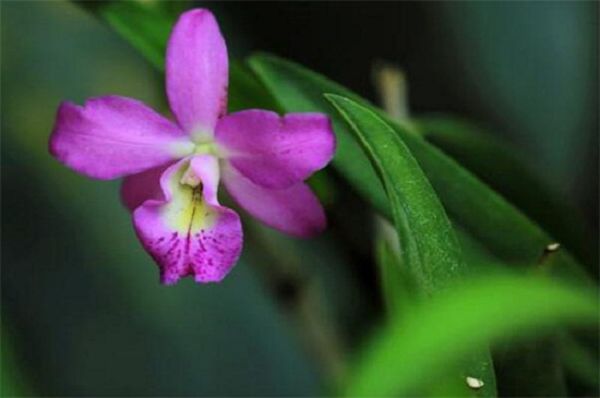How to raise Dahuilan after flowering

The flowering of Dahuilan needs to consume a lot of nutrients, so it is relatively weak after flowering and needs to be strengthened. Make sure you have enough light every day, but you need proper shade in summer to avoid being exposed to strong light. Water more frequently and keep the basin soil moist. At the same time, 1-2 times of fertilizer should be applied from April to May, and rotten cake fertilizer should be selected. It is also necessary to prune the scape and dead leaves to avoid the waste of nutrients.
1. Moderate lighting
The flowering period of Dahuilan is from January to April, and summer comes after the florescence. Because it is afraid of strong light, the light must be moderate. You can put it in a semi-shaded place to see light every morning and evening, or you can use a sunshade net to block the light. The light can be increased in autumn and winter, which is beneficial to the formation of flower buds.
Second, more watering
Dahuilan will gradually increase the amount of water from spring. Do not be too wet during the flowering period, so as not to affect the blooming of subsequent flowers. Wait until after flowering, to replenish water in time. Water the soil once a day in summer to keep the soil moist.
Third, topdressing after anthesis
As the flowering of Dahuilan consumes a lot of nutrients, it is necessary to top fertilize in time after flowering. From April to May, fertilizer should be applied 1-2 times a month, and rotten cake fertilizer should be selected. In addition, some nitrogen fertilizer should be applied before autumn to help it continue to grow.
4. Pruning the scape
After the flower fade, the scape will absorb nutrients, but it will no longer grow. In order to avoid the waste of nutrients and help it recover quickly, the scape needs to be cut off. In addition, you can trim the dead branches and rotten leaves to avoid the breeding of bacteria after decay.
Related
- Is the orchid suitable for indoor use? Is it good for the body?
- How to prevent the empty root of orchids?
- What to do after the crab claw orchid is withered?
- Why are the leaves of orchids always yellow? Fertilizing and watering.
- Can the root of the gentleman orchid be saved if it is rotten?
- Diagnosis and treatment of cotton-blowing beetle insects in Cymbidium
- There is a way for a gentleman's orchid to rot.
- What is the most suitable temperature and humidity for the orchid?
- How to raise a gentleman's orchid? Cultivation techniques of Cymbidium
- How to prepare the nutritive soil for the cultivation of Cymbidium



